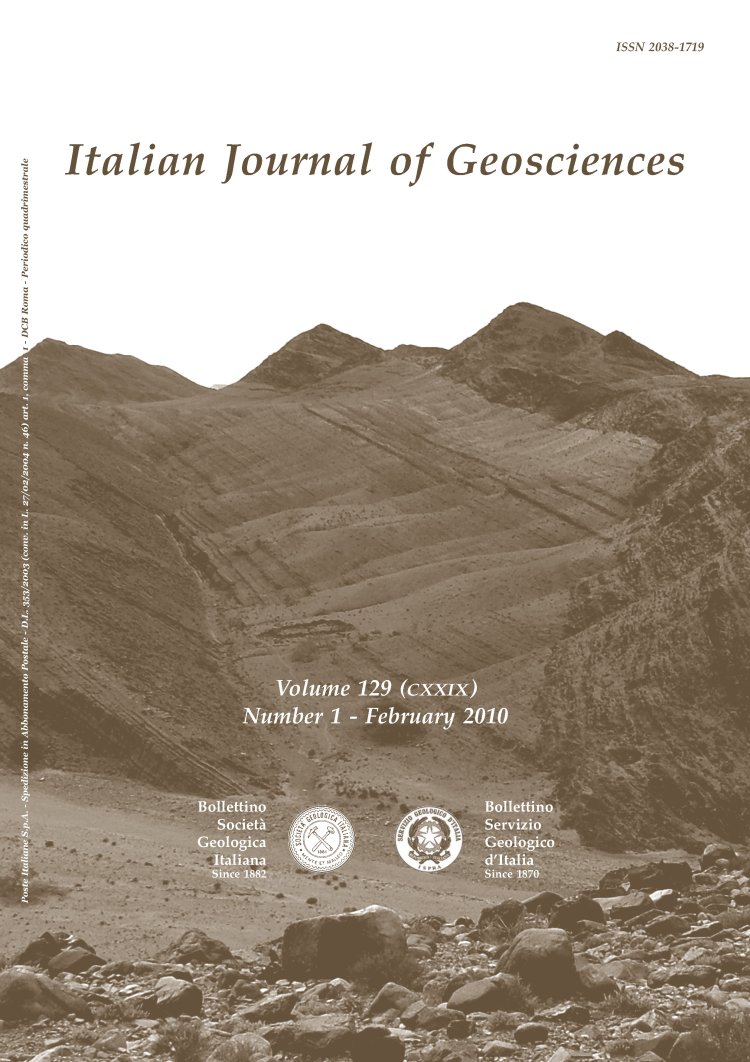
The Monte Penna thrust (southern Tuscany, Italy): geometry and kinematic of a collisional structure affecting the Tuscan Nappe during the Northern Apennines orogenic building
Andrea Brogi(*), (**) & Lorenzo Fabbrini(*)
(*) Dipartimento di Scienze della Terra, Università degli Studi di Siena, Via Laterina, 8 - 53100 Siena, Italy.
(**) Corresponding Author: brogiandrea@unisi.it
Volume: 129 (2010) f.1
Pages: 74-90
Abstract
In this paper we describe the geometry and kinematics of a contractional structure, consisting of a thrust and related minor structures, which doubled the Tuscan Nappe cropping out in the southern side of the Monte Amiata geothermal region (Selvena-Castell'Azzara area), during the building of the Northern Apennines. Such a thrust (hereafter the Monte Penna thrust, MPT) is documented, in this area, for the first time. The integration of fieldwork with mine data from two different cinnabar/stibnite mines helped us to better define the thrust geometrical setting both at the surface and underground.
Thrusting took place during the Early Miocene and produced the tectonic repetition of the Tuscan Nappe succession. The thrust gave rise to two tectonic subunits (SU1 and SU2) separated by a contractional shear zone up to 3m thick. Such a shear zone consists of three structural domains characterised by different structures such as folds, a tectonic foliation, reverse faults and Riedel shear fractures. They indicate a top-to-the ESE sense of shear, coherently with the general staking pattern of the Northern Apennines belt at least for the study area and surroundings.
The thrust-sheet was deformed by cartographic- to mesoscopic folds, N135° to N220° striking on average, NE- and SE-verging, respectively. The tectonic setting recognised in the study area is coherent with that of the Tuscan Nappe described for the Monte Amiata region and the whole southern Tuscany, resulting characterized by duplex system. Such a duplex system was affected by extensional structures since the Middle Miocene. Presently, the thrusts consist of relic structures preserved within extensional horses. The whole evidence possibly make the Tuscan Nappe duplex system comparable with the structure of the Tuscan Metamorphic «basement», in terms of geometry, stacking pattern and timing, suggesting a probable common structural evolution even if a different structural levels.
Keywords
Get Full Text